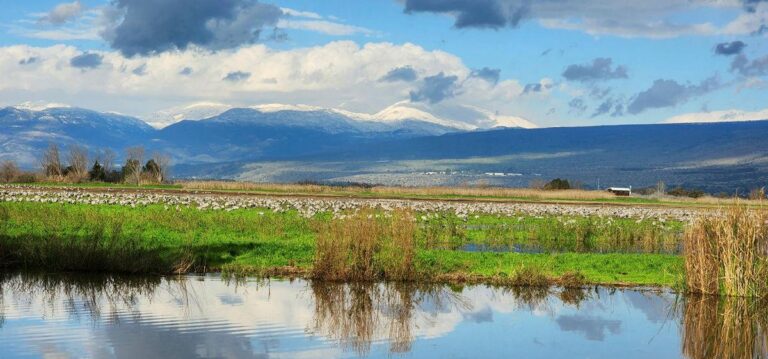The 1950s draining of Lake Hula was a huge environmental mistake. Now, a photo exhibit celebrates the 20th anniversary of the successful reversal of the damage.
It’s been 20 years since Keren Kayameth L’Israel-Jewish National Fund (KKL-JNF) established an artificial lake, Agamon Hula in the Upper Galilee, to reduce pollution in the Sea of Galilee and preserve the agricultural lands of the Hula Valley.
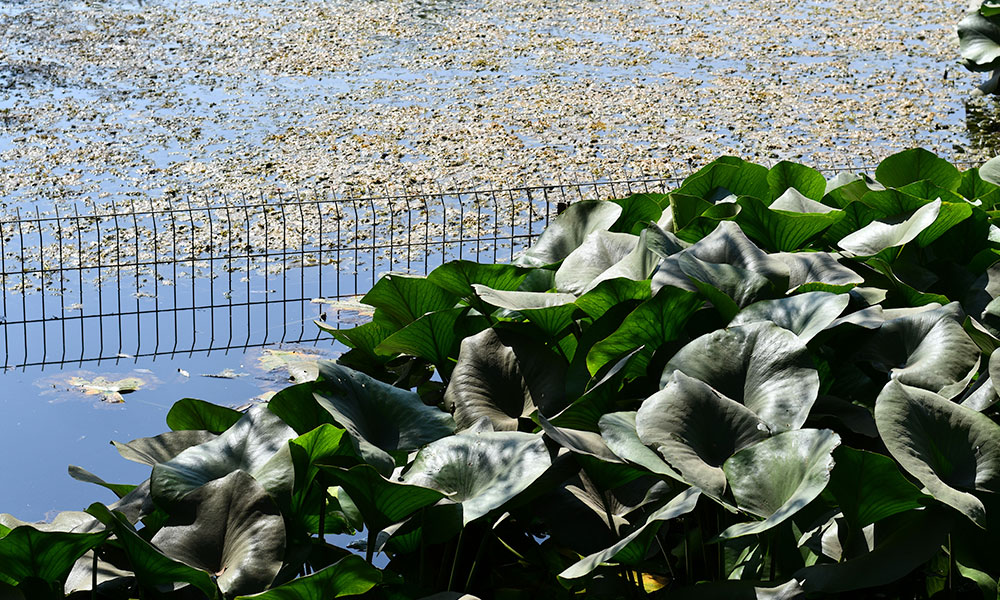 Today, Agamon Hula Lake Park and Nature Reserve is one the world’s most critical stops for migratory birds.
Today, Agamon Hula Lake Park and Nature Reserve is one the world’s most critical stops for migratory birds.
Most years, about 400,000 visitors flock there during the fall and spring to see 390 species of waterfowl, raptors and songbirds gathering around the lake to rest and fuel up for the long journey ahead. This year, unfortunately, the site is closed due to the security situation in the north.
Nevertheless, KKL-JNF has mounted an online photo exhibition for the 20th anniversary. Rare archival photos showcase the restoration of the Hula Valley and the extraordinary changes the site has undergone over the years.
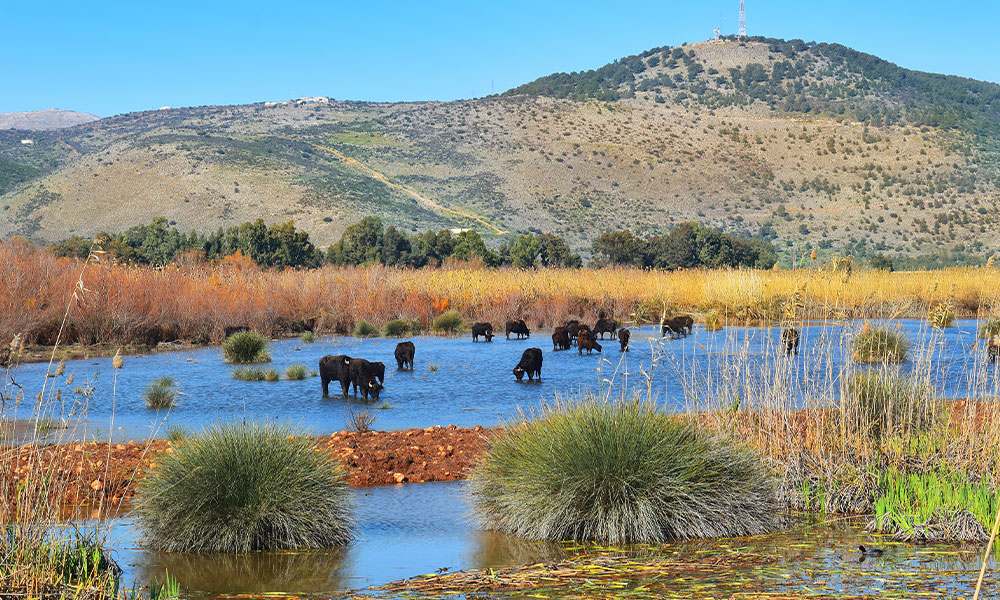
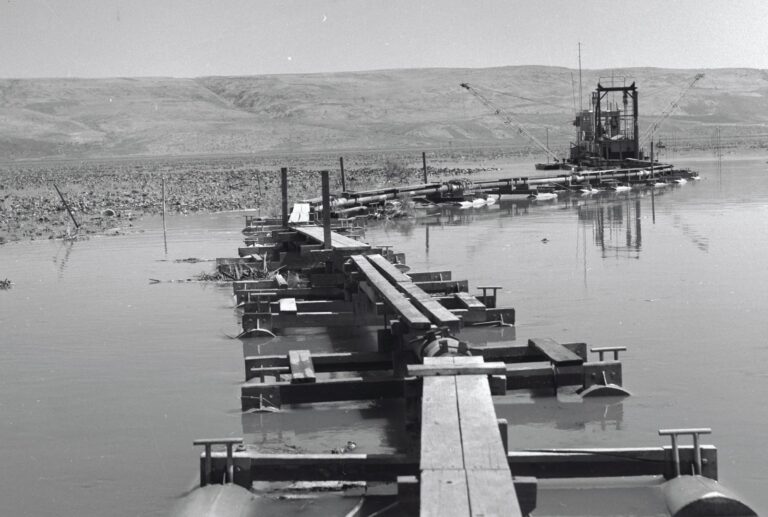
But over time, ecologists realized that tampering with the natural ecosystem was a huge mistake. The exposed soil was not suitable for agricultural use and the nearby Sea of Galilee was becoming polluted because of the lack of flow from the lake.
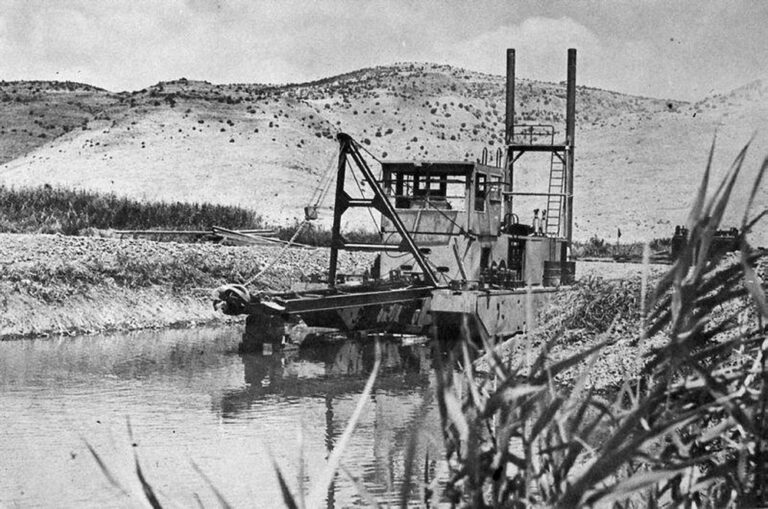
So four decades later, KKL-JNF spent 80 million shekels – the equivalent of $22.2 million at today’s exchange rate — to refill a portion of the drained lake with groundwater. The project was completed after two years of controlled floods.
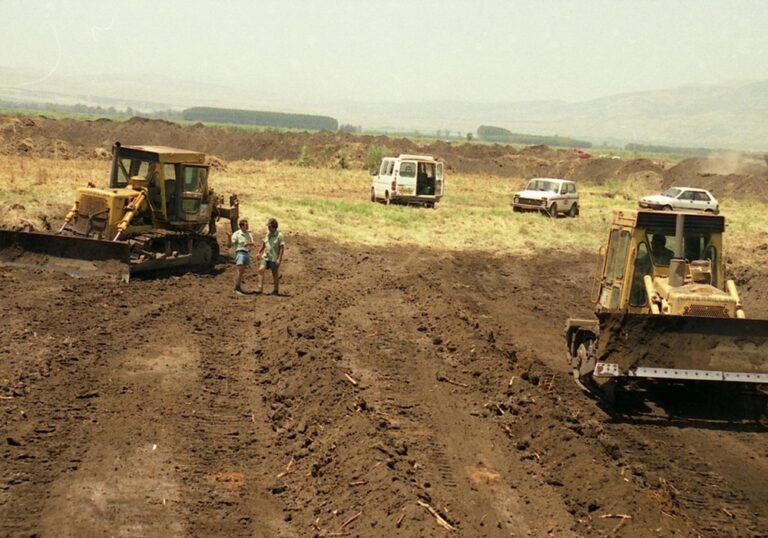
These restoration efforts paid off handsomely in the return of migratory birds, including cranes and storks, as well as the flourishing of a diverse variety of flora and fauna.
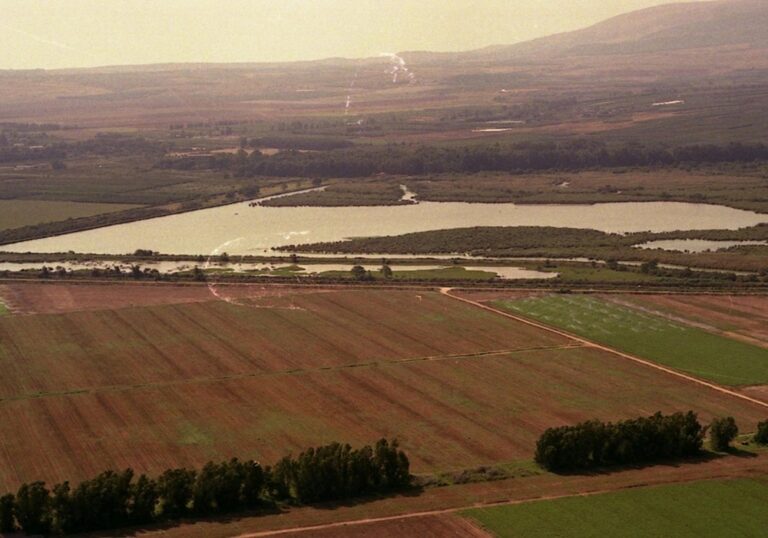
“Agamon Hula plays a vital role in Israel’s ecological system,” said Efi Naim, KKL JNF’s Hula Valley District Ranger.
“It filters and purifies the air we breathe, and its success serves as inspiration for future conservation projects worldwide. We will continue to work for the benefit of all citizens of Israel and its wildlife, ensuring that this place continues to thrive.”
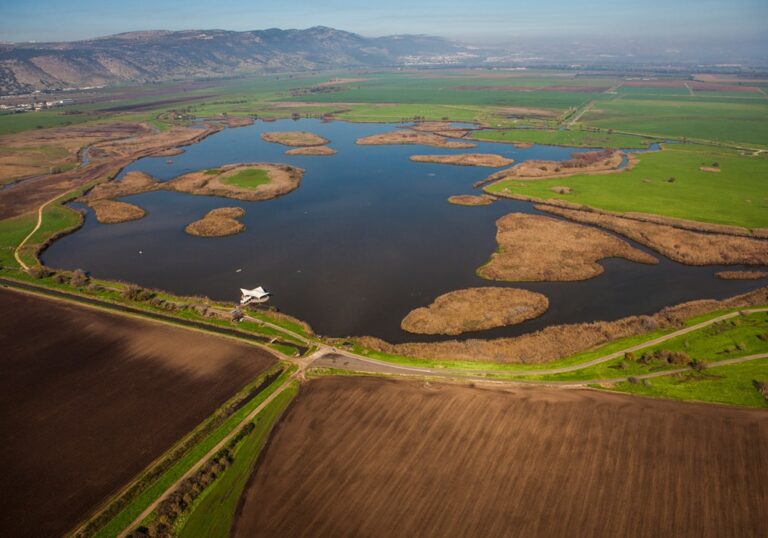
The archive photos displayed in KKL-JNF’s exhibition capture pivotal moments in the development of Agamon Hula, from the early stages of the Hula Valley’s restoration to the lush and vibrant landscape it is today.
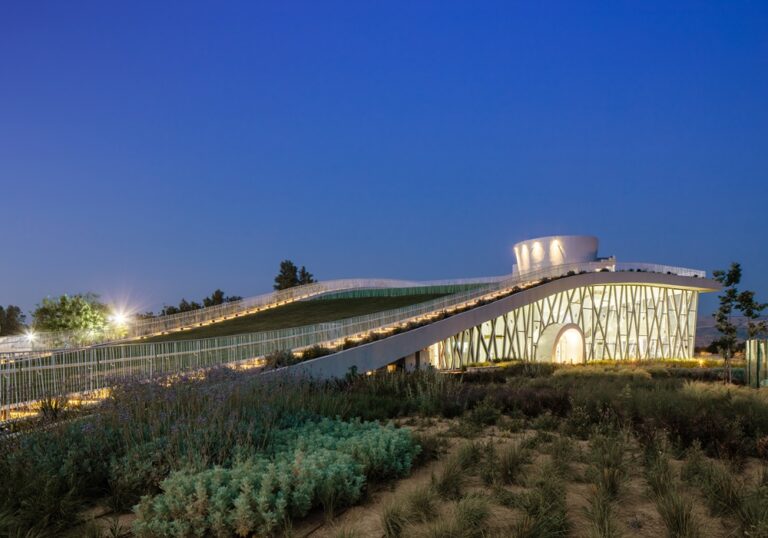
The images serve, above all, as a testament to nature’s resilience when given the opportunity to heal.
